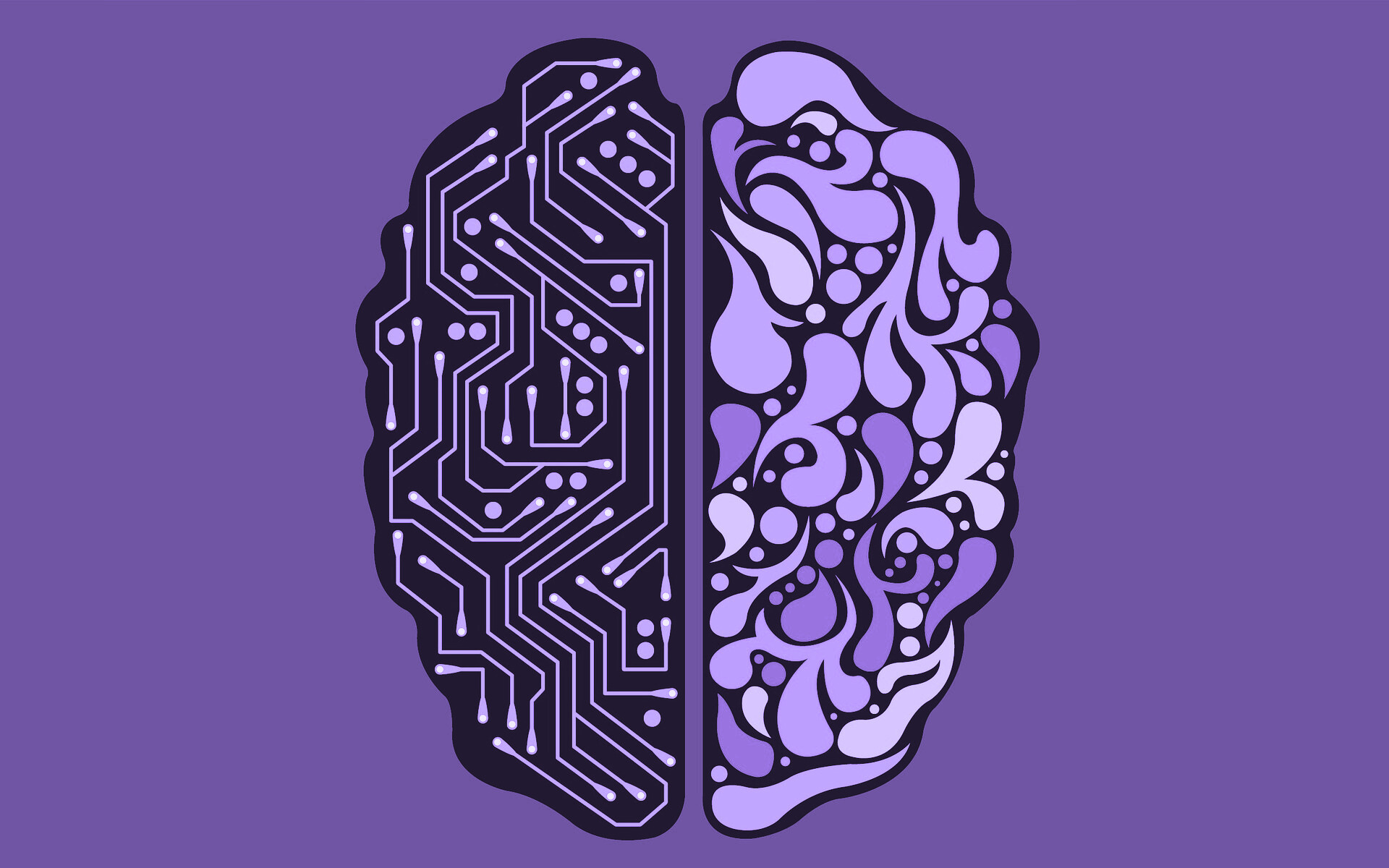I recently attended the fascinating CIPD Festival of Work, and I’d like to share with you my summary and insights of the “AI is transforming work – how do we support people and enhance work?” panel event. I’ll be synthesising the ideas and experience of: Andy Headworth of HMRC (the UK’s tax body), DN Prashad from Govtech Singapore, and Jenny Kalenderidis from Microsoft.
AI means a new way of working. You can’t fight it, you need to get onboard with it and make it work for you.
Here are seven practical approaches to introducing generative AI into your team or organisation.
1. Create space and structure for your people to play
You can tackle initial hesitance to use generative AI by demystifying it, making it fun and empowering people to try it. Andy Headworth provided the example of a weekly lunchhour drop-in to try out the tools – with fun competitions to get people used to writing prompts creatively. You can move from light-hearted picture challenges (of increasing complexity) through to more serious work-related scenarios and formal ‘promptathons’.
The skill to prompt is a key skill, but years of using search engines need to be undone, and replaced with the natural speech of AI. After all, the computer now speaks our language, we don’t need to code or use search parameters in the same way. Getting people to experiment in a safe space is the best way to do this.
2. Promote sharing of ideas and prompts
Create opportunities for people to share their experiences using generative AI. Some organisations set up WhatsApp groups to share prompts, or establish a prompt hub for people to post their ideas and problems. Crowdsourcing ideas and feedback in this way helps people learn and improve, but it also enables people to spot good ideas and adopt or adapt them for their own specific use.
3. Look for opportunities for AI to perform more complex tasks
Many people are using generative AI for lower-level work such as summarising meetings and proposing minutes or creating document outlines.
But there is real value in looking for a deeper use. Andy Headworth explained their process of working together to analyse the recruitment process, then break it into constituent tasks and examine if AI could help them create efficiency.
4. Make sure you have guardrails in place
For experimentation to be safe, there needs to be clear guidance from the top of the organisation. Focus on your organisation’s principles and values, and ensure the AI policy reflects these. AI has the potential to change all ways of working, so you need to build in safety and standards.
Interestingly, it was suggested that organisations who need an AI policy might want to start by looking at their social media policy, which will contain the core ideas of ethics and organisational acceptability.
5. Tackle bias head on
Yes, AI is subject to bias, influenced by its dataset. But you can take specific steps to try and rule out bias. Whether it is writing prompts or training it to take account of bias in the dataset, it is possible to actively manage this bias.
And it is important to remember that we already have numerous steps and activities that we have designed to try and overcome human bias – both overt and unconscious. Think about steps like anonymising recruitment applications so that there is no reference to gender or age, or putting together a diverse selection panel so differing views are heard and bias can be challenged.
6. Focus on the people
Reactions to AI often involve fear of potential job losses, or discomfort using a new tool effectively.
Employers have a role in bringing all their people along, openly challenging myths and ensuring that – like any other workplace tool – people only use AI when they are sufficiently skilled and confident.
One of the key insights from Jenny Kalenderidis was the need for HR to be in the room from the start. This isn’t a standard IT project where the people issue is just a question of training. AI has the potential to completely disrupt our ways of working, and so there needs to be HR professionals in the room, exploring what this means for the workforce, how to manage the change, the fear an the opportunity.
7. “Think big, start small, act fast”
Neatly summarising the panel was DN Prashad, who articulated the importance of small-scale tests, pilots and experimentation – in order to find out use case scenarios that actually help the organisation, to generate experience and ideas that can be shared and developed. The focus is on pushing this experimentation down to the people who do the work, not the senior managers or external consultants, as they can see where true advantage can be developed.
Picture credit: Mart production on Pexels





